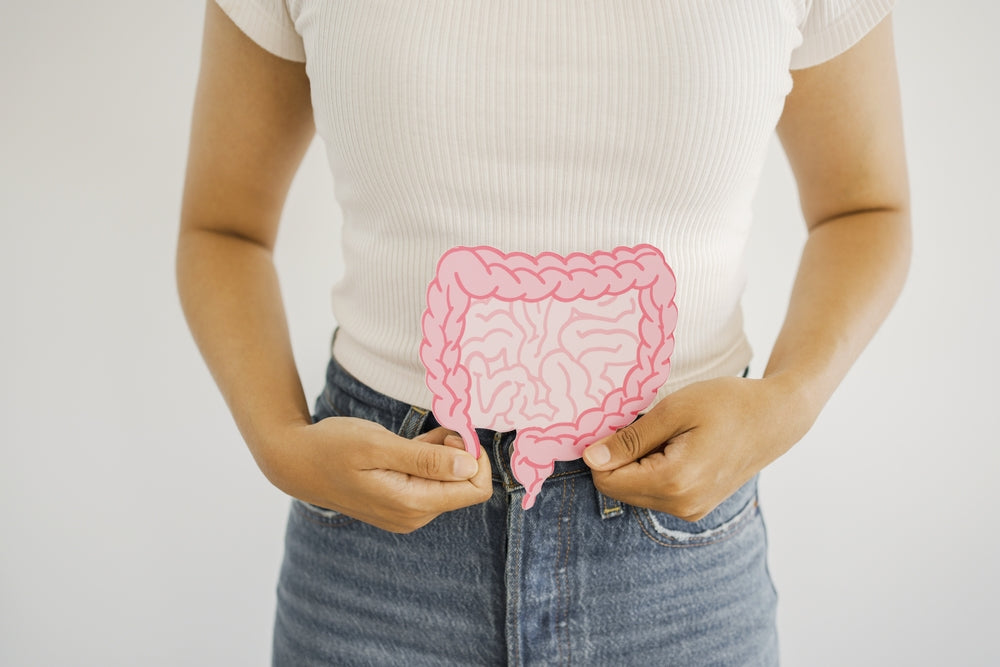GLP-1s are seemingly everywhere these days. If you watch TV, you’ve likely seen several advertisements for these increasingly popular drugs. Or perhaps you or someone you know is currently taking a GLP-1 for weight loss or to manage diabetes. So, what’s all the hype about? These drugs, like semaglutide, have shown success in helping many people and only appear to be growing more in popularity. But, exactly what are GLP-1s and how do they work? Continuing reading as we dive deeper into these medications:
What Are GLP-1s?

GLP-1s are drugs that mimic the GLP-1 hormone, which is naturally released in the gastrointestinal tract when you consume food. Also known as GLP-1 agonists, the abbreviation stands for glucagon-like peptide-1 receptor agonists.
After eating, the digestive system breaks down carbohydrates by turning them into sugars that move through the bloodstream. It’s GLP-1 hormones that are responsible for signaling to the pancreas to release insulin. Insulin is what moves these sugars from your bloodstream into your cells, providing your body with both the energy and nutrients needed to function on a daily basis.
GLP-1s have been used for a couple of decades to treat type 2 diabetes, a condition in which a person’s cells are resistant to insulin and/or when the body is incapable of producing enough insulin. In 2021, the Federal Drug Administration approved GLP-1s as a treatment option for weight management.
GLP-1s often come in injectable medications that require shots in the fatty tissue just under the skin. Ozempic, Wegovy and Mounjaro are brand names of some of the most popular GLP-1 agonists.
How Do GLP-1s Work?

For patients with type 2 diabetes, GLP-1 agonists trigger the pancreas to release insulin, which in turn lowers the amount of sugar in the bloodstream. Additionally, these drugs block the secretion of glucagon, a hormone that your body uses to raise blood sugar levels when necessary. The result is it helps to keep blood sugar at healthy levels that are otherwise hard to achieve without the help of GLP-1s.
In recent years, GLP-1s have become a popular weight loss aid because of their known effects on the emptying of the stomach and hunger. They are responsible for slowing the rate at which your stomach empties, helping you feel fuller for longer. Slower digestion of food helps your body release less sugar from the food you eat into the bloodstream. It often helps patients consume fewer calories, which helps with those who are trying to lose weight. This effect is also helpful for those with diabetes, as weight loss is often recommended as part of management of the condition.
Did you know that estrogen also plays a key role in insulin sensitivity? Women going through menopause often complain about gaining weight without any changes in their diet or lifestyle and this is partially due to declining levels of estrogen, which contributes to insulin resistance. GLP-1s can improve insulin resistance and support weight loss in women.
A Helpful Supplement to Take With GLP-1s

Some of the most common side effects of taking GLP-1s include diarrhea, constipation, bloating, nausea, headaches, dizziness and fatigue. If you’re currently taking a GLP-1 and are experiencing one or more of these side effects, we have the solution for you!
GastroGuard provides natural support that can help to alleviate the gastrointestinal side effects of GLP-1s! Made with ginger and offering mitochondrial support that can help to improve energy levels, GastroGuard supports digestion to assist in mitigating these common negative effects to help you feel better.
Now you know the answers to the common questions of “what are GLP-1s” and “how do they work”. If you’re taking a GLP-1 in an effort to manage weight, be sure to check out our guide to setting SMART weight loss goals, which can help you along your journey!









